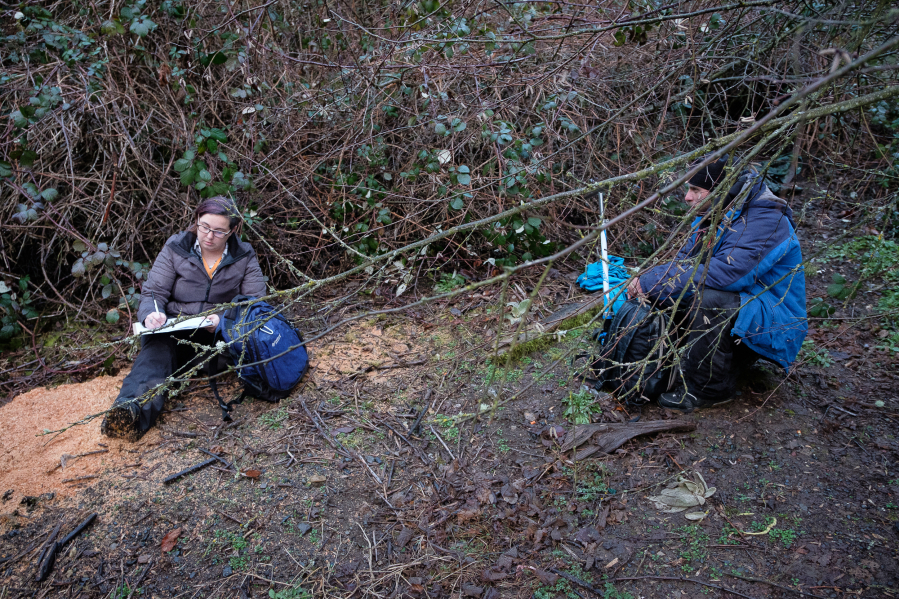The number of people living outside in Clark County increased 18 percent in a year. During a single-day census of the homeless population on Jan. 26, case workers and volunteers counted 269 unsheltered people, including 80 children. It’s 41 more people than in last year’s count.
“I was a little surprised it wasn’t even a higher jump than 18 percent, even though 18 percent is really big,” said Andy Silver, executive director of the Council for the Homeless.
The numbers released Wednesday by his agency in Vancouver offer a bleak insight into the progression of local homelessness. What’s more, the Winter Hospitality Overflow shelters, which provide extra overnight shelter space at a pair of Vancouver churches during winter months, will close Friday.
What’s next for the 99 people staying at those churches?
“Street homelessness,” Silver said. “There’s nowhere for those people to go.”
Over the past year, only 37 percent of people actively trying to get into a shelter were able to do so. That doesn’t include people who have given up on trying to get into a shelter because they’ve been told repeatedly that the shelters are full, Silver said. Trust is low and frustration is high among people seeking help.




